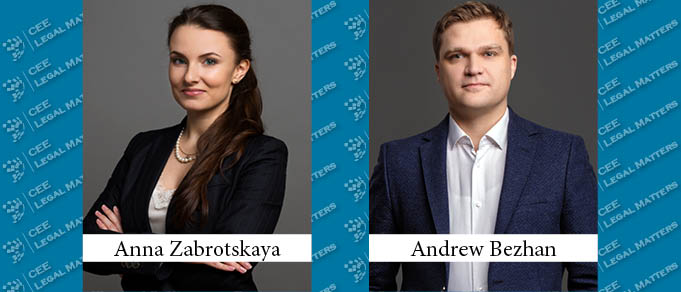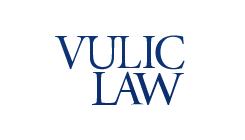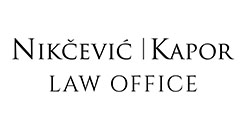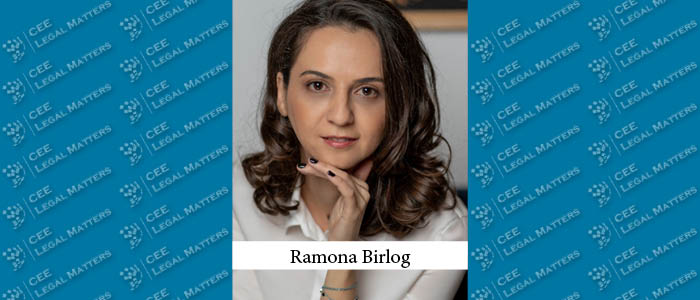“Loss of corporate control” encompasses various scenarios involving a person who controls a corporation ceasing to control its management bodies’ actions and decisions.
A controlling person is one who is entitled to give binding instructions to the corporation or otherwise determine its actions. There are three types of controlling persons: (a) a majority shareholder; (b) an officer who can consummate financial and business transactions (e.g., a CEO) or pass binding resolutions (e.g., a member of a management body); and (c) a person who can control the actions of the controlling persons defined in (a) and (b).
Forms of a loss of corporate control, which dictate the measures needed to restore control, are: (a) a total loss of control (a shareholder loses the right to shares through unlawful third-party actions); (b) a loss of strategic control (a shareholder ceases to be a majority shareholder so can be outvoted); and a loss of operative control (the opportunity is lost to influence the actions and decisions of management bodies (e.g., the Board of Directors)). For example, when all a shareholder’s shares have been stolen by another person, this is a total loss of control. When a CEO is replaced through fraudulent third-party conduct, this is a loss of operative control. When a CEO personally or through affiliates establishes a corporation (a “Twin”) that duplicates the activities of that where he is CEO (the “Main Company”) and attempts to transfer the Main Company’s business to the Twin, this is a loss of operative control. When a Twin is created, often, key contracting parties depart, the Main Company’s revenues drop, financial statements are falsified, economically dubious transactions are consummated, a company with a similar name is registered, many key officers of the corporation are made redundant, the CEO tries to access the Main Company’s technologies or know-how, the CEO attempts to take charge of interactions with key accounts, and the CEO seems to have wealth incommensurate with his income.
Measures aimed at promptly identifying and preventing these risks include: (a) setting up a system that allows the interested controlling person (e.g., the majority shareholder) to control relationships with counterparties; (b) establishing a corporate rule (e.g., in the Main Company’s Charter) requiring the interested controlling person’s approval for significant transactions (not only major and interested-party transactions, as required by law, but also loans, acquisitions or disposals of fixed assets, guarantees, and assignments of claims against debtors); (c) transferring bookkeeping and financial oversight to a company controlled by the interested controlling person; (d) arranging for an auditor designated by the interested controlling person to perform regular audits to identify economically unjustified transactions; (e) monitoring whether corporations with similar names are incorporated; and (f) interviewing departing employees on relevant matters. Such a transfer of the CEO’s functions can seem bureaucratic and costly, so precise steps should be determined on a case-by-case basis.
If a Twin is encountered, measures to promptly reinstate control and mitigate losses include conducting an audit to identify abuse by the CEO (for example, if payments are not confirmed with supporting documents, compensation to the CEO upon dismissal may be eliminated); taking an inventory to identify misappropriated assets (explanations can be demanded from the CEO); dismissing the CEO; and passing a resolution to recover such losses from the CEO. To dismiss the CEO a corporate resolution is strongly recommended to avoid potential difficulties under labor legislation. In addition, compensation should be paid as provided for by law and the employment agreement. This can prove expensive, but it will stem losses by promptly stopping the CEO’s actions. Compensation can be recovered later if the corporation successfully pursues the CEO for losses he caused.
Indeed, the final step for restoring corporate control will be to litigate to recover losses. This must be done because it helps compensate for actual losses caused by the CEO, and because not doing so can be viewed as approval of his actions. Then, if the corporation is declared bankrupt, secondary liability could be imposed not only on the CEO but also on the controlling person for allowing the CEO to avoid liability.
By Anna Zabrotskaya, Specialist Partner, and Andrew Bezhan, Counsel, Borenius Russia
This Article was originally published in Issue 7.11 of the CEE Legal Matters Magazine. If you would like to receive a hard copy of the magazine, you can subscribe here.




























